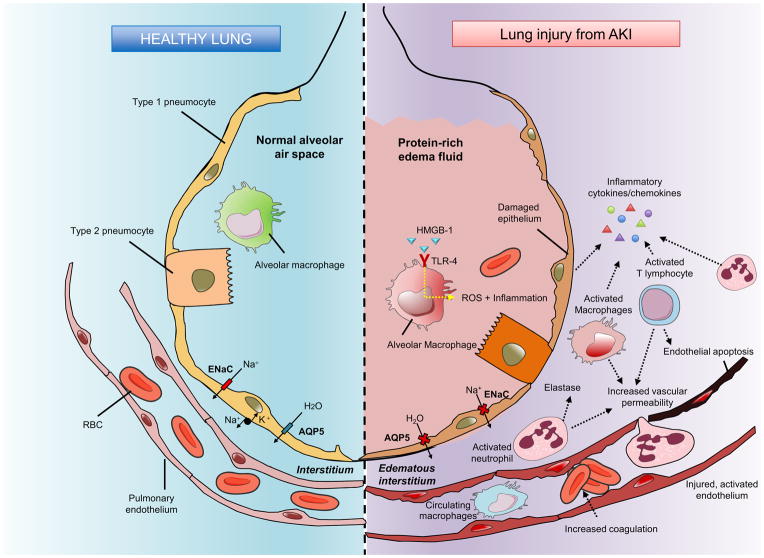Figure 3. Cascade of lung changes after acute kidney injury (AKI).
Following acute kidney injury (AKI), various inflammatory events occur in the alveolar and pulmonary interstitial spaces. Activated endothelium and increased vascular permeability allow leukocytes to transmigrate into pulmonary interstitium. Infiltrated leukocytes aggravate lung injury through inflammatory cytokine/chemokine secretion, increased oxidative stress and cell damage/apoptosis. Epithelial sodium channel and aquaporin 5 expressions are also downregulated following AKI. Protein-rich fluid accumulation in the alveolar space, alveolar hemorrhage and edematous pulmonary interstitial space are observed in acute lung injury (ALI) following AKI. Abbreviations: AKI, acute kidney injury; Na, sodium, H2O, dihydrogen oxide; AQP, aquaporin; ENaC, epithelial sodium channel; RBC, red blood cell; HMGB-1, high-mobility group box protein B1; TLR-4 - Toll-like receptor 4; ROS, reactive oxygen species. Based on information in Ware & Matthay97

